While the most obvious way to reduce our carbon footprint is by flying less often, many of us are eager to see more of the world. With that said, there are several ways to make your trips more sustainable, from planning to packing to visiting. Where will your eco travels take you?
CHOOSE A DESTINATION
When it comes to figuring out where you’re going, some destinations and trip types are more sustainable than others. While you may have your heart set on a particular city or country, keep the following options in mind if you want your travels to be more green.
STAY LOCAL
Sometimes, we don’t even realize what’s in our own backyard because we’re more interested in doing or seeing something new. Be a tourist in your city or town by visiting museums, catching a play or concert, or exploring an undiscovered neighborhood. Even venturing out a couple of hours away from home to explore a new city, forest preserve, beach, spa, winery, etc., can feel as though you’re worlds away from home.
AVOID CITIES WITH OVERTOURISM
While Paris, Rome, Venice, Barcelona, Amsterdam, and London are on many people’s travel bucket list, these cities (among others) are dealing with serious overtourism — and pollution as a result. Opt for places that are considered among the most sustainable cities in the entire world. There are at least 100 to choose from, according to a list compiled by several sustainability organizations. These destinations have features such as bicycle paths, eco-hotels, city farms, hydrogen-powered taxis, organic markets, eco-building programs, copious green spaces, and a commitment to protecting natural resources. Some top sustainable cities include:
- Ljubljana, Slovenia
- Montevideo, Uruguay
- Copenhagen, Denmark
- San Francisco, California
- Singapore
- Vienna, Austria
- Stockholm, Sweden
- Bristol, UK
- Zurich, Switzerland
- Vancouver, Canada
If you choose to visit a crowded, famous city, try traveling during non-peak seasons and use a booking site such as Green Pearls or Bookdifferent.com to find sustainable lodging and activities.
VOLUNTEER
Suppose you’re looking for an alternative type of trip that also gives back. Why not consider taking a volunteer vacation that helps environmental and social projects that help rebuild devastated communities — it’s also a great way to connect with nature. From protecting coral reefs to rebuilding towns destroyed by a natural disaster, there’s a volunteer trip out there to suit everyone’s beliefs and interests.
LIMIT CRUISING
While cruises offer endless entertainment, they’re one of the worst types of trips when it comes to reducing carbon footprints. The high level of carbon emissions in busy port cities has been shown to cause premature deaths every year. Another shocking fact is that taking a cruise has the same average per-person carbon footprint as flying from London to Tokyo — round-trip.
TOOLS FOR PLANNING A SUSTAINABLE TRIP
Now that you’ve chosen your destination, it’s time to dive into the details to ensure as many elements of your trip are as sustainable as possible.
Eco-Friendly Booking Sites: As mentioned, use a booking site such as Green Pearls,Holiable.com, or Bookdifferent.com to find sustainable lodging and activities and review eco-friendly ratings. Choosing green accommodations helps put money back into the community.
Verification:Most booking systems determine whether or not a business is truly sustainable or if it’s “greenwashing.” With that said, it’s not a bad idea to do your own homework, too. The Global Sustainable Tourism Council is a great resource.
Hire a Sustainable Travel Agent: Let a pro do all the heavy lifting of finding accommodations and planning activities and transportation. There are individual organizations that customize trips as well as eco-friendly tour groups. Some agencies to look into including Andbeyond.com, Kynder.net, LocalTravel.com, EcoCompanion.com, UndiscoveredMountains.com, and KindTraveler.com.
SUSTAINABLE TRANSPORTATION
When possible, travel by train or bus versus a plane. Along with being more eco-friendly, these modes of transportation are substantially less expensive. If you do fly or drive, try to avoid long distances. When traveling by car, try to travel in a group to lower collective emissions while saving money since it’s likely you’ll be sharing gas costs. If you’re traveling solo, consider using a platform such as BlaBlaCar so you can find a person to drive with you or vice versa.
Once you’re at your destination of choice, try to do as much walking as possible. The next best option is public transportation. Take a stop by the local tourism office to educate yourself on what’s available — there are often maps available. Skip the taxi services and opt for an Uber or Lyft instead. This way, you can choose the pool option to cut down on carbon emissions.
If you do opt to fly, try to book a more extended flight with fewer connections — according to NASA Ames Research Center, twenty-five percent of airplane emissions occur during takeoff and landing.
EAT LOCAL
Not only does imported food have a higher carbon footprint than locally grown or farmed foods, but it’s also typically not as fresh to boot. Avoid anything that comes out of a package and stick with fresh, locally grown, and made produce, milk, cheese, meat, etc., instead — organic if possible. Not to mention, why wouldn’t you want to get a taste of local flavor? After all, you didn’t travel all the way to Italy so you can eat Chinese food.
PACK SMART
Packing is a part of taking a sustainable trip, too. To reduce plastic and waste, toss these items in your eco-friendly luggage.
- A water filter, Lifestraw, or SteriPen.
- A BPA-free reusable water bottle (and straw if applicable)
- A tote bag for groceries and/or souvenirs.
- Tupperware for leftovers.
- A set of metal or wooden travel utensils or chopsticks.
SUSTAINABLE LUGGAGE
Are suitcases recyclable? Not always — but that doesn’t mean there aren’t ways to handle your luggage sustainably. Take, for example, the lifetime guarantee that comes with each piece of Briggs & Riley luggage. Besides giving you peace of mind while making your travels a bit easier, our guarantee also symbolizes sustainability. After all, if your luggage is going to be with you (or a loved one) for a lifetime, so it won’t wind up at the bottom of a landfill.
While we stand behind the quality construction of our luggage, our lifetime warranty gives you peace of mind that your bag will be repaired, even if the damage was caused by the airline or security. Not to mention, like a car in need of repair after the odometer hit 150,000 miles on its 20th road trip, your luggage may require a little TLC after years of traveling. You don’t have to worry about your bag because Briggs & Riley will be there for you. Seriously, how often can you say that about other things that you own?
Additionally, Briggs & Riley hosts an annual luggage trade-in event. This year, we’re partnering with Comfort Cases. This non-profit organization provides a child entering foster care with a suitcase. Here’s how it works: Bring a gently used non-rolling bag into any of our store locations throughout the entire month of May, and you’ll receive a $50 credit. If it's a rolling bag, you’ll score $100. Sustainable and charitable? It doesn’t get much better than that. Event starts May1st,2021.
As you can see, traveling sustainably may mean you have to make a few sacrifices — but that doesn’t mean you still can’t have a wonderful trip while doing something incredible for mankind.
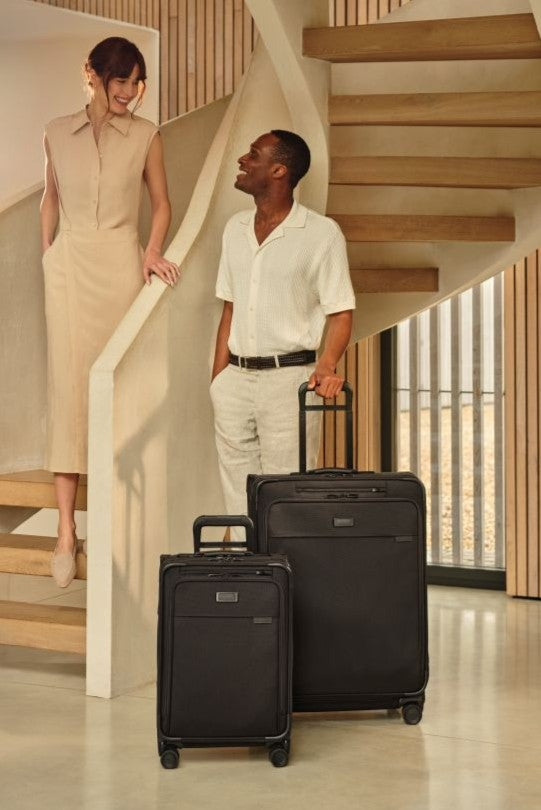

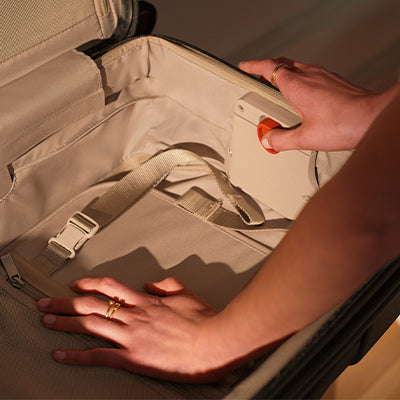








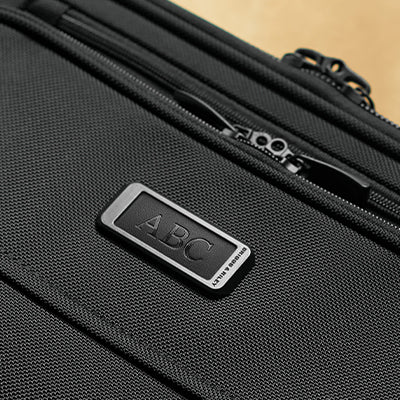
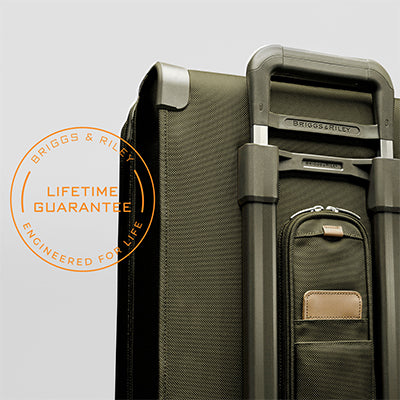




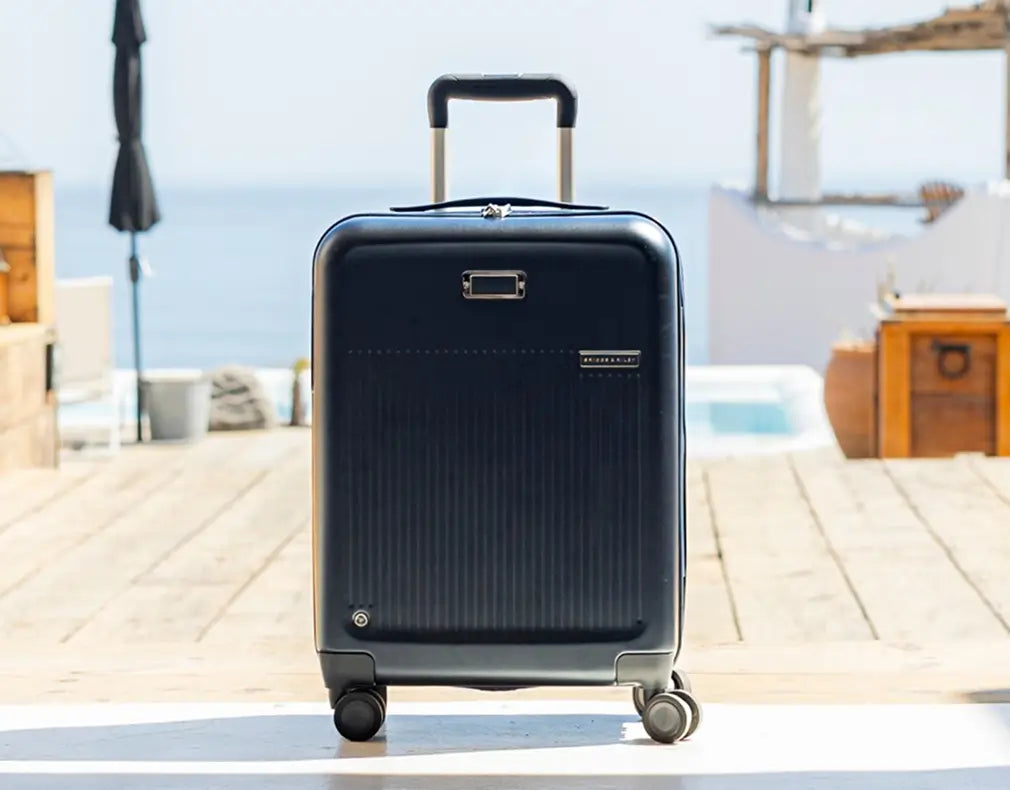
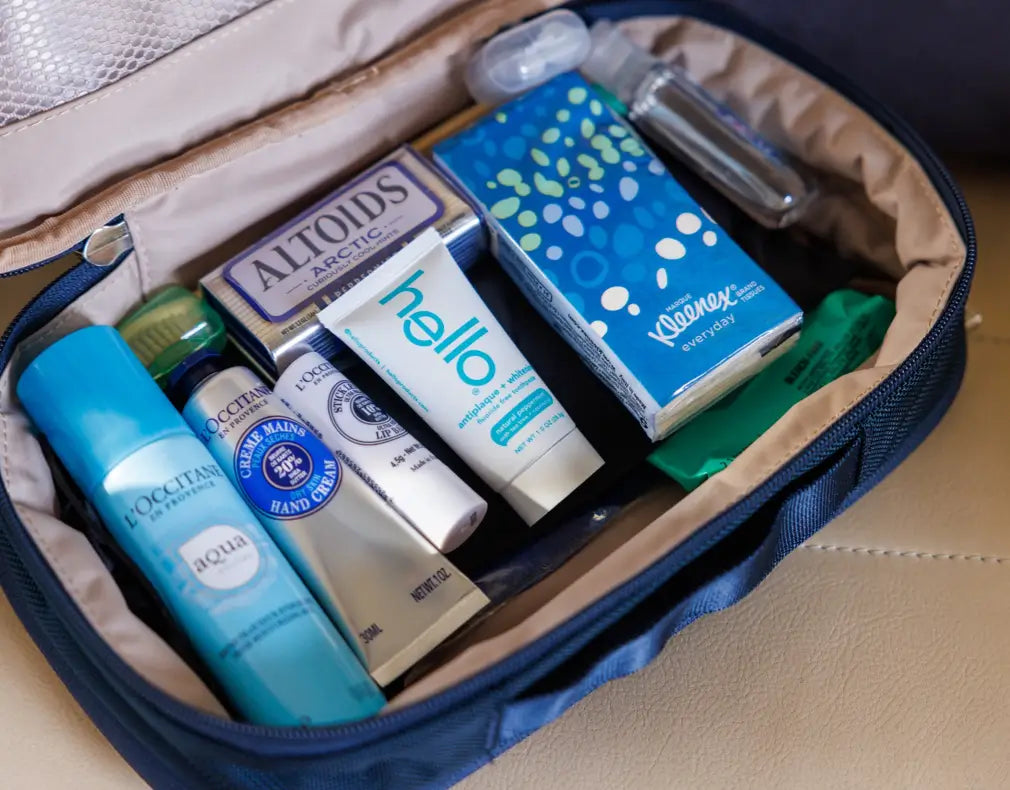
Leave a comment